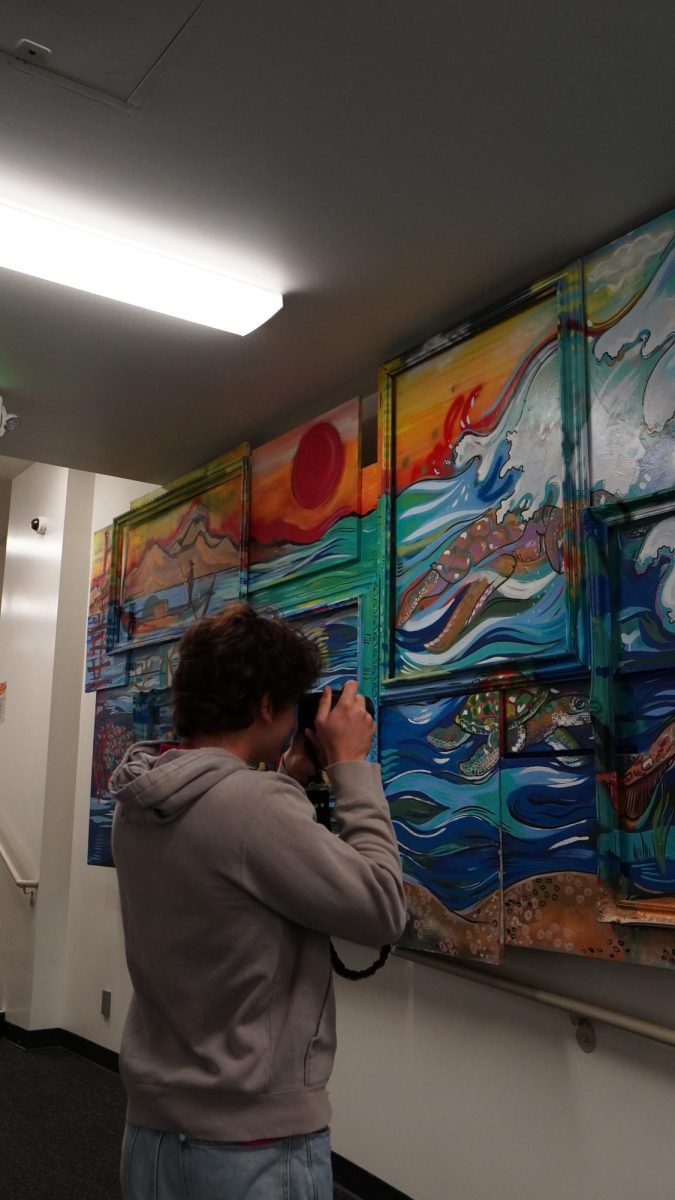In honor of Women’s History Month, it is important to pay respect to female icons like Mexican artist and gender/LGBTQ advocate, Frida Kahlo. First, to address the concept of Women’s History Month, WHM was passed in March 1987. It was petitioned by the National Women’s History Project and then passed by the U.S. Congress. The term feminist is a person who actively advocates for women’s rights and for women to share the same respect/equality as men. The National Women’s History Project was comprised of a team of passionate feminists. Women throughout history have struggled to gain the same recognition and treatment as their male counterparts so a month dedicated to women honors their achievements to progress the world on a better path. Women’s History Month is also a time to appreciate the ordinary yet wonderful women in your life for their contributions to society despite the obstacles they may face.
Frida Kahlo was born on July 6, 1907, in Coyoacán, Mexico. She was born to Guillermo Kahlo (German-Mexican photographer) and Matilde Calderon; she was the third child out of four siblings. Frida did not have it easy growing up as she was diagnosed with Polio at an early age. This made her often bedridden and unable to play with the other children, but it also developed her passion for art. At the age of 18, Frida was in a terrible bus accident that put her in a lifetime of permanent pain and she had to undergo numerous amount of surgeries. Painting was the only way Frida could express her emotions when she was tied to a bed for the majority of her life. Her father and she were close as they both shared a fiery passion for the arts and later on, Frida began to sell her very popular paintings and created a new development of art in Mexico.
Despite her work being extremely alluring, Frida was still heavily criticized for not only a compelling discomfort in her art but also for the fact she was a female artist. Some people didn’t believe that a woman could do paintings as popular as hers. She ignored the hate and became even more well-known for her self-portraits which reflected her pain and hardships as a female (some well-known paintings were The Two Fridas (1939), The Broken Column (1944), and The Wounded Dear (1946). Frida also advocated for members of the LGBTQ community as she was known for having relationships with both men and women. She was open with her queerness and expressed it through art and interviews. She was never afraid to speak (or rather paint) her mind.
So many strong female individuals have paved a path for women’s rights from historical figures like Kahlo, Marie Curie, and Harriet Tubman, to the women you see everywhere around you. The course of the future can change with one female step at a time.








